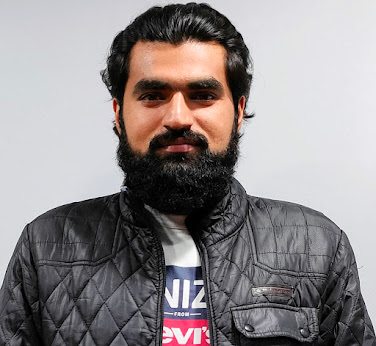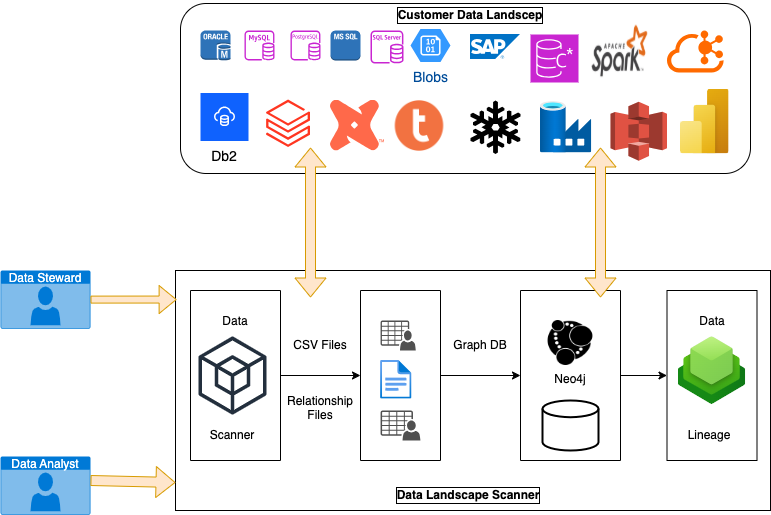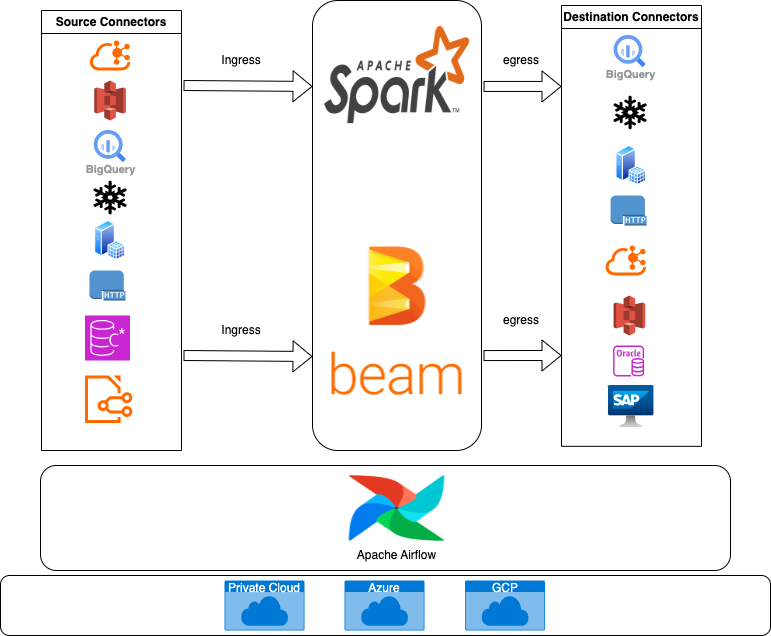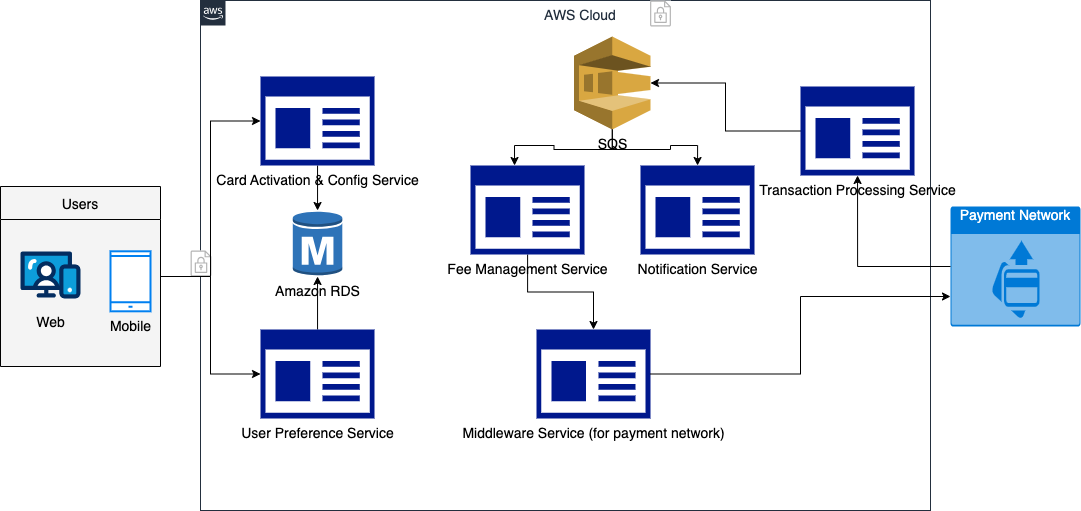Hi, I'm Muhammad Usman
Building Software Solutions That Drive Growth.
8+ years in software engineering with a full-stack mindset. Worked with clients across four continents, including Fortune 100 companies.
About Me

8+ years in software engineering with a full-stack mindset. Worked with clients across four continents, including Fortune 100 companies. Core expertise in the Java ecosystem (Spring Boot, Kotlin, Android), complemented by frontend work with ReactJS, Next.js, and Tailwind CSS. Experienced in building ETL pipelines and real-time data tools. Currently integrating AI into projects for smarter solutions
Achievements
- ✔ Built a scalable data scanner for automated discovery, lineage mapping & compliance across 40+ platforms.
- ✔ Developed & deployed Big Data pipelines using Apache Beam, Spark & Airflow.
- ✔ Designed scalable event-driven systems & led cloud migrations with TDD practices.
- ✔ Integrated PCI-compliant payment flows, microservices, & embedded finance APIs.
- ✔ Streamlined team processes & documentation for better collaboration and efficiency.
- ✔ Mentored cross-functional dev teams, boosting performance & adaptability.
Video Introduction
Skills & Technologies
Click on any skill to see related technologies
Front-end Development
Back-end Development
Database
Mobile Development
Big Data
Projects

Data Landscape Scanner
The Data Landscape Scanner project revolutionizes data discovery and governance by supporting over 40 technologies, including Oracle, Snowflake, AWS Glue, and Tableau. Built on Java with Akka Streams, it enables efficient data stream processing and customization through user-defined queries. My contributions include mitigating SQL Injection vulnerabilities, enhancing connectors, and implementing tag discovery for database objects, ensuring robust data organization and classification. Additionally, I optimized scanners for Azure Synapse, Databricks, and Snowflake, while building connectors for dbt, Kafka, and PowerBI, enabling seamless data cataloguing and lineage across platforms.

Unified Data Platform (UDP)
UDP (Unified Data Platform) provides a comprehensive solution for designing and deploying big data pipelines, along with additional features for efficient management. It abstracts infrastructure complexities, enabling UDP users to focus on their core tasks, such as creating ETL jobs and deploying them on managed Airflow. I was responsible for ensuring the timely delivery of sprint commitments without escalations, which included designing and implementing core backend features for an ETL data pipeline project, such as fault-tolerant APIs, Notebook APIs, and Airflow integration to provide deep insights into job and pipeline execution within orchestration platforms, while resolving critical production issues within strict SLAs. I automated testing for complex end-to-end ETL use cases, significantly reducing manual effort, and ensured code quality by integrating SonarQube into CI/CD pipelines, eliminating P1 issues, mitigating security vulnerabilities, and increasing code coverage from 10% to 80% while minimizing OWASP vulnerabilities across multiple repositories.

Error Reprocessing Tool
ERT is a purpose-built platform for Data Engineers and Cloud Developers to monitor, analyze, and reprocess system errors during data migration from on-prem systems to Azure Cloud. It provides a reliable, scalable way to track errors in near real-time and offers both automated and manual recovery options, improving observability and reducing migration risk.

Core Payment Services Platform
I worked as a full stack developer on the Core Payment Services Platform, a suite of services that supported the full digital payment lifecycle—from card activation to transaction processing, fee handling, and user notifications. My work included backend development, frontend integration, and deployment on AWS, with a focus on delivering features that directly impacted end users and business operations. On the backend, I used Java, Spring Boot, Spring Cloud, and AWS services like SQS and EC2. For UI needs, I used Thymeleaf to build server-rendered pages. I was responsible for developing and maintaining features end-to-end, from planning to production support.